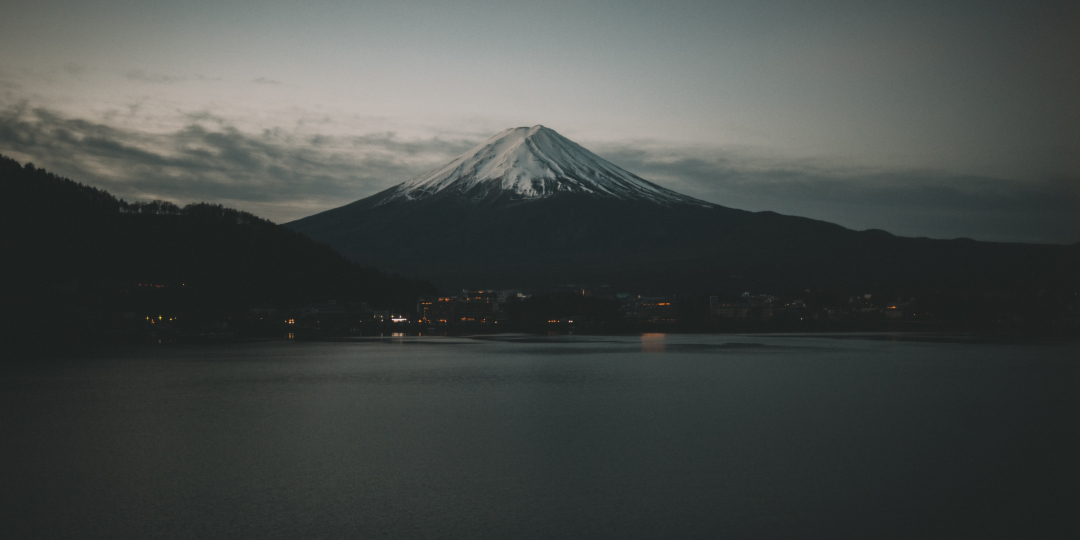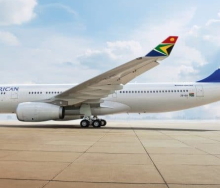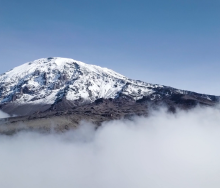Earlier this month, Japanese officials met to discuss measures against overtourism.
The post-pandemic demand for travel has resulted in record numbers of tourists in Japan.
“Many tourist destinations are rapidly regaining their popularity and while having a vibrant tourism industry is positive, there are concerns about overcrowding and breaches of etiquette,” said Kenji Hamamoto, Director for Visitor Experience Improvement at the Japan Tourism Agency.
The rise in tourist numbers is said to have resulted in overwhelmed public transport, overcrowding in popular small villages and tourist-inflicted damage to sacred heritage sites, such as Mount Fuji.
Extreme levels of pollution and littering and breaches of etiquette (including smoking outside designated areas and public consumption of alcohol) and sacrilege have been reported.
‘Bullet climbing’ hikes (hikes to the top of Fuji for sunrise and down on the same day), have resulted in 61 rescue missions this year, 50% more than last year. According to an official, most of the rescues had to recover poorly equipped tourists suffering from hypothermia or altitude sickness.
Now, authorities say they may be forced to restrict the number of visitors at Mount Fuji due to concerns about bad behaviour and the strain on resources. There is talk of making the sole access in future via a tram system, which has not yet been built.
Mount Fuji was named a Unesco World Heritage Site 10 years ago, on condition that Japan reduced its overcrowding and the environmental harm inflicted by visitors, and renovated its facilities to accommodate tourists.
However, overcrowding has worsened and the Fuji Subaru Line 5th Station, a popular access point to Mount Fuji, saw four million visitors, a 50% increase in visitor numbers during this summer, over the 2013 number.
Concerns are that the International Council on Monuments and Sites, which advises the World Heritage Committee, could revoke the mountain’s status after seeing lack of improvement.














